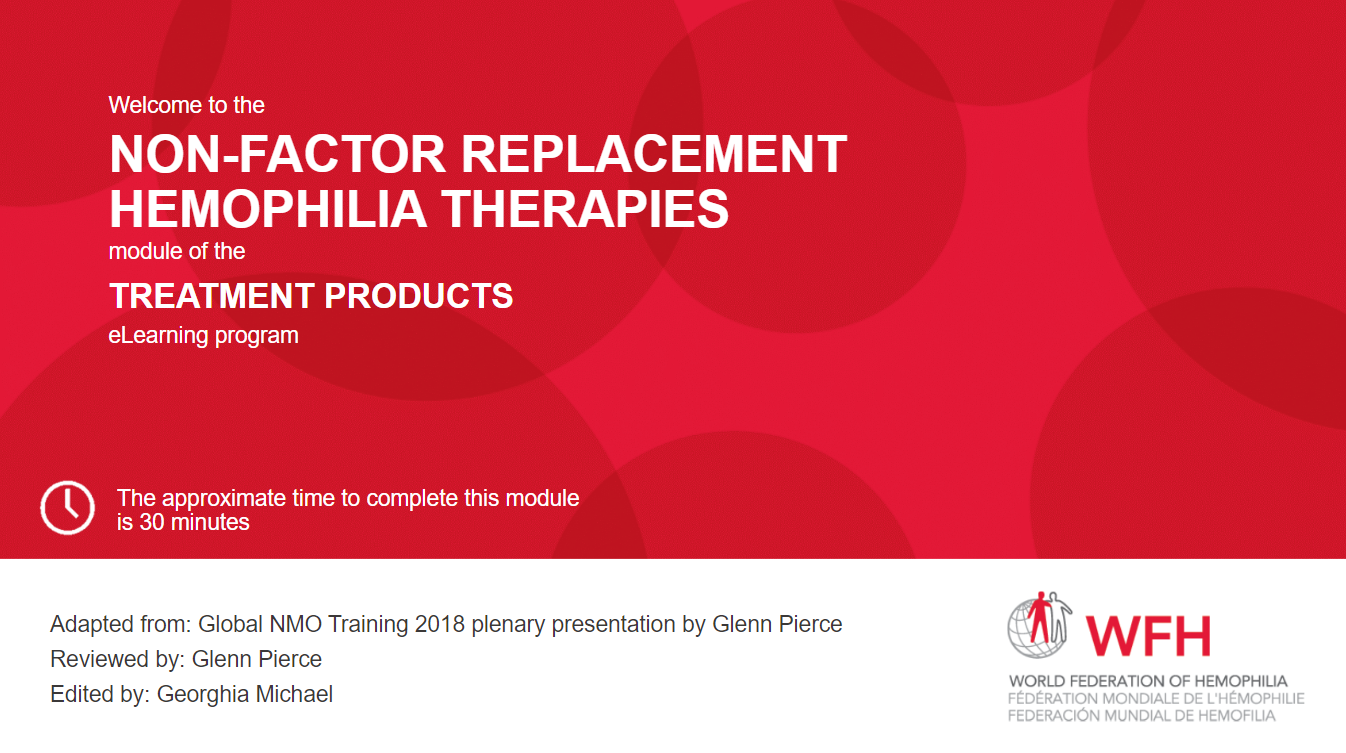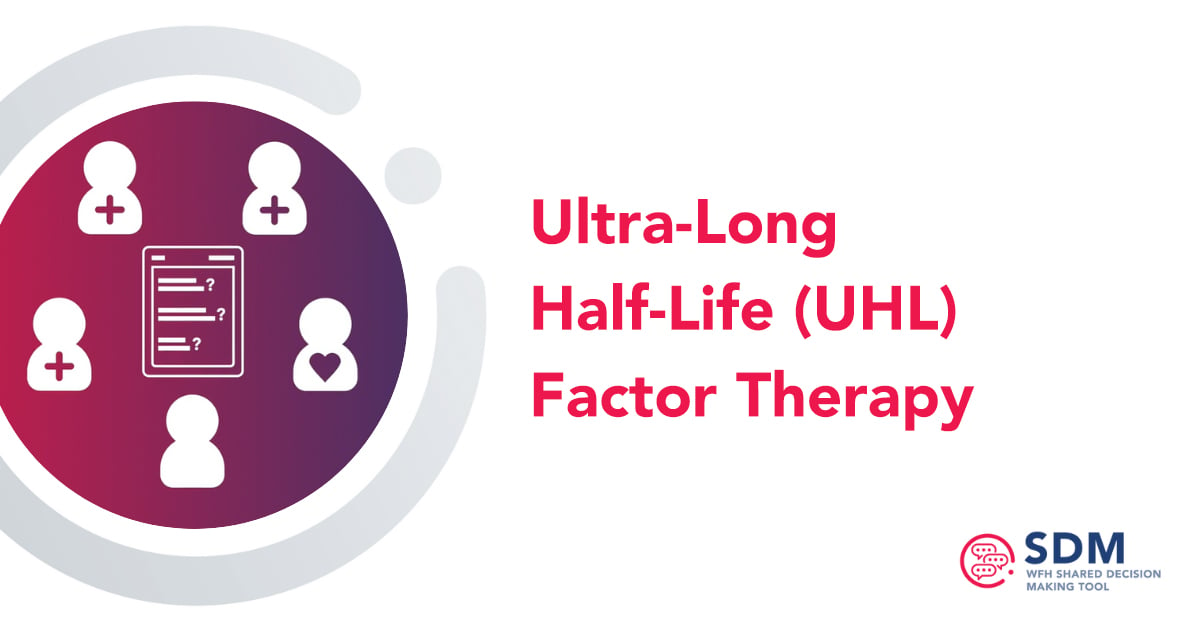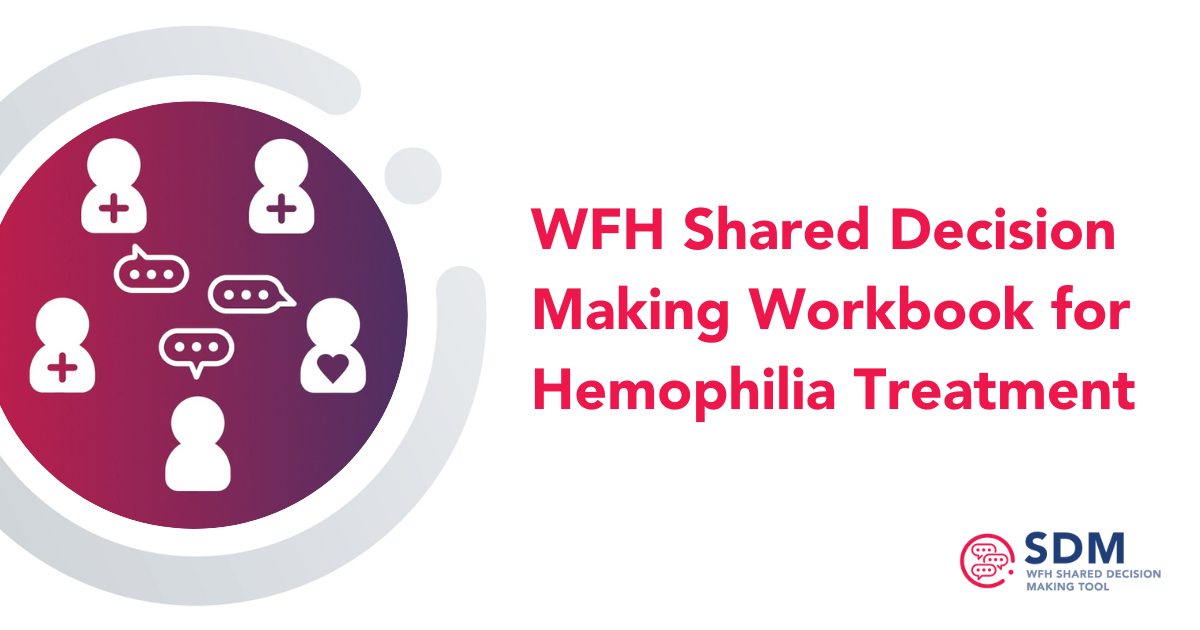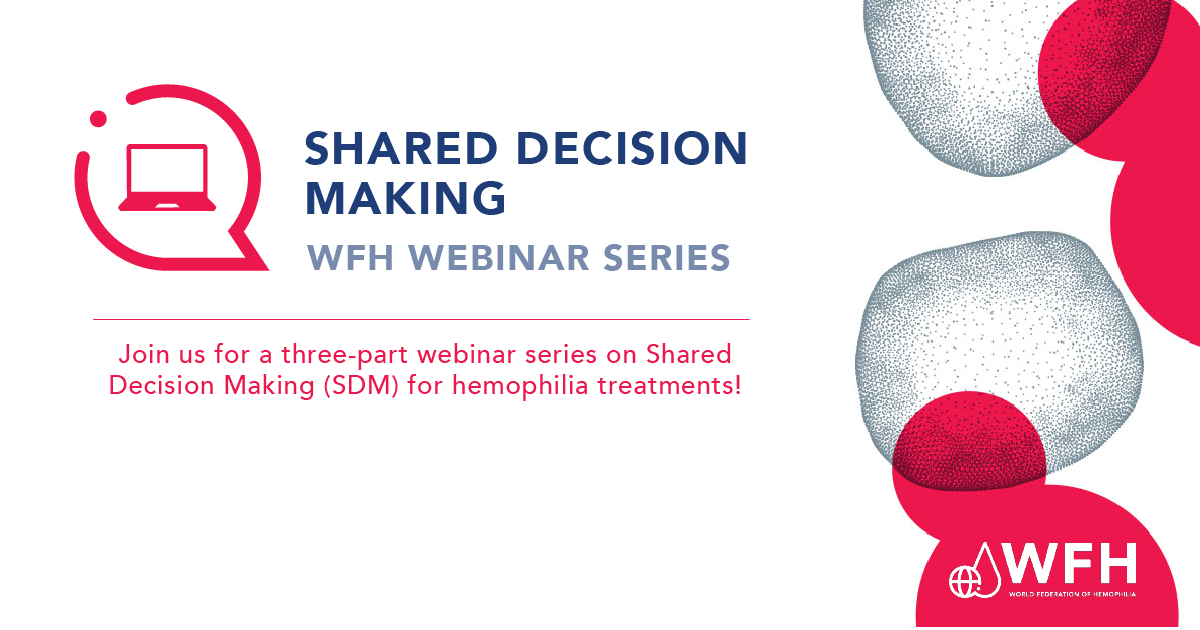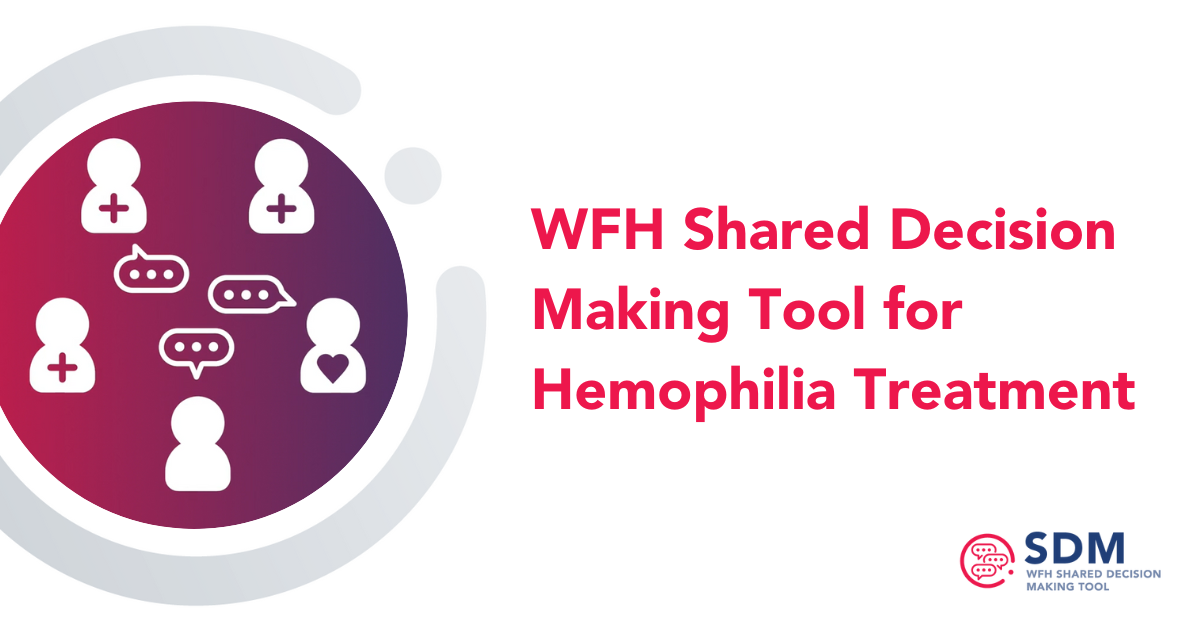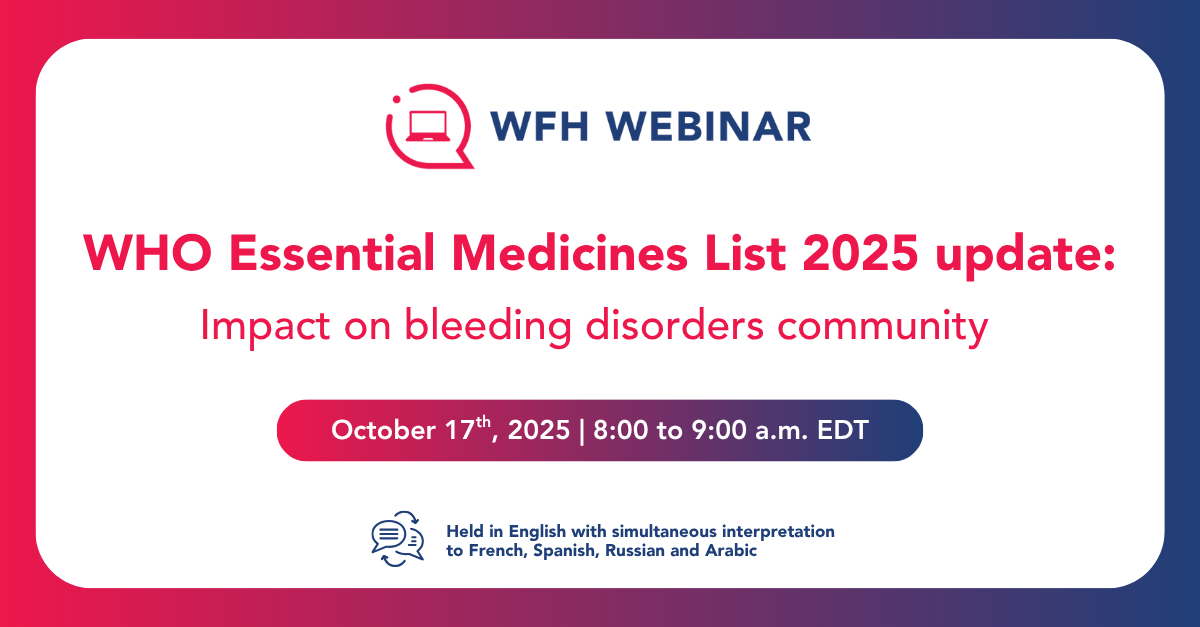
WHO Essential Medicines List 2025 Update: Impact on Bleeding Disorders Community
The World Federation of Hemophilia invited representatives from its national member organizations, national governments, healthcare providers, industry partners, and other

